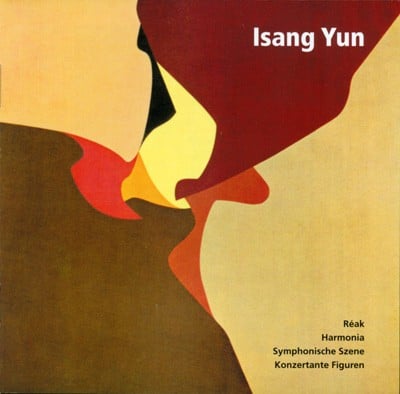2(I=picc,afl).2.1.1-2.1.1.0-strings(4.0.2.2.1 or 8.0.4.4.2)
Abbreviations (PDF)
Bote & Bock
Following a restless beginning, Yun exposes in the orchestral work rather static, overlapping sheets of sound, which begin in a slow tempo and are then accelerated by degrees and brightened in colour. The various sheets of sound (characterised by steadily flowing internal movement) are established in all orchestral sections and are gradually extended and expanded in musical space. By means of a massive brass entry, Yun then organises a process of dramatisation. At the peripeteia of this process, which also marks the beginning of the last third of the composition, a trio comprised of alto flute (later: concert flute), oboe and violin is heard. In the orchestral piece the trio has a harmonising function: it develops the aspect of unity preceding a catastrophic tutti eruption, which is ultimately led back to a quieter atmosphere and fades away in the highest registers.
The trio of the orchestral composition (bars 249-283) was integrated without alteration into the Trio for Flute (Alto Flute), Oboe and Violin (1972/73). However, for the new composition Yun added the introduction, a transition, and the ending in 1973. In the Concertante Figures Yun used also some elements of his composition Images (1968).
Walter-Wolfgang Sparrer

Roswitha Staege (flute), N.N. (violin), Jochen Müller-Brincken (oboe) / Bochumer Symphoniker / Kyung-Soo Won
Internationale Isang Yun Gesellschaft IYG 008
